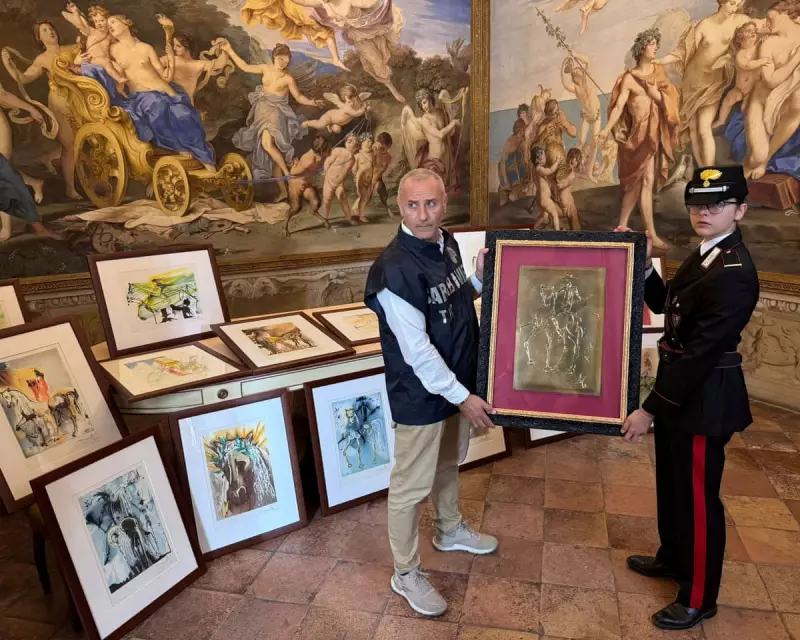
In a dramatic development that has sent shockwaves through the art world, Italian authorities have launched a formal investigation into the authenticity of a painting attributed to Salvador Dali. The Carabinieri's cultural heritage protection unit in Parma is leading the inquiry, raising serious questions about the work's provenance.
The Investigation Unfolds
Art experts working with Italian police have identified multiple inconsistencies in the painting's style and technique that deviate significantly from Dali's known methods. The investigation began after several prominent art historians expressed doubts about the work's legitimacy during a recent exhibition in northern Italy.
According to sources close to the investigation, forensic analysis has revealed anomalies in the materials used and the painting's aging process that don't align with the supposed creation date. The Carabinieri have been meticulously examining documentation and previous ownership records to establish a clear chain of custody.
Expert Opinions Divided
Several renowned Dali scholars have weighed in on the controversy, with opinions sharply divided. While some maintain the painting displays characteristics consistent with Dali's surrealist period, others point to technical flaws they argue the master would never have made.
"The brushwork lacks the precision Dali was famous for," noted one art historian who wished to remain anonymous. "There are elements that feel more like imitation than authentic creation."
Broader Implications for Art Authentication
This case highlights the ongoing challenges in authenticating works by major 20th-century artists. The art market has seen numerous high-profile authentication disputes in recent years, with forgeries becoming increasingly sophisticated.
The investigation continues as authorities await additional technical analysis results. The outcome could have significant implications for the painting's value and for future authentication processes of surrealist works.





